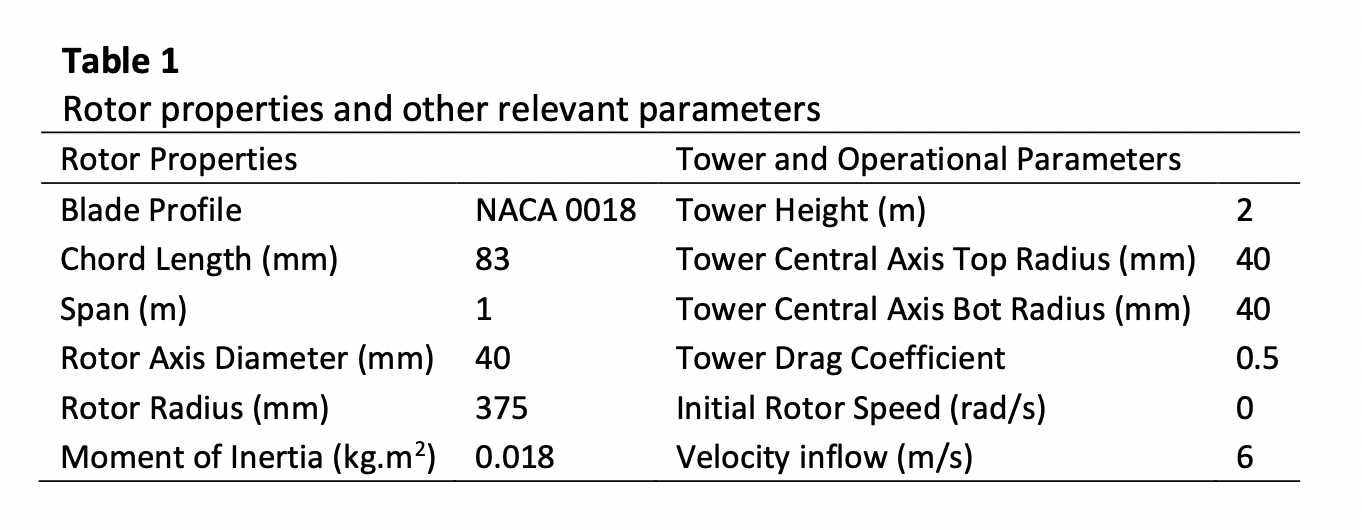Aerodynamic Characterization of Darrieus Turbines during Self-Start at different Azimuthal Quadrants
DOI:
https://doi.org/10.37934/cfdl.15.2.126142Keywords:
Vertical-axis turbines, Darrieus turbines, Self-starting, Transient flows, Rotor torque, Torque breakdownAbstract
One key technology to extract kinetic energy from wind and water is the vertical-axis turbines. However, these flows and currents often fluctuate, forcing the turbine rotors to operate in transient modes. To improve rotor performance, the transient aerodynamic characteristics across the four quadrants of the rotor sweep must be well-understood. We address this need by simulating the transient process of a 3-bladed Darrieus turbine rotor during self-start using the dedicated turbine aerodynamics software QBlade. The simulated transient evolution of the rotor compares well against the experimental and computational-fluid-dynamics data from previous studies. When the rotor self-starts within its first three cycles, its torque is contributed differently from each of the four quadrants. Respectively, its windward and upwind quadrant positively contributes by up to 43% and 326% each to the overall torque, and the leeward and downwind quadrant negatively reduces by up to -346% and -85% each from the overall torque. However, upon reaching steady state, these roles change where the positive torques are contributed by the upwind and leeward quadrants by up to 120% and 10%, respectively, while the negative torques are caused by the downwind and windward quadrants by up to -18% and -13%, respectively. Insights into these rotor dynamics can be later used to propose newer rotor designs or operations to improve the transient performance of the turbine



























